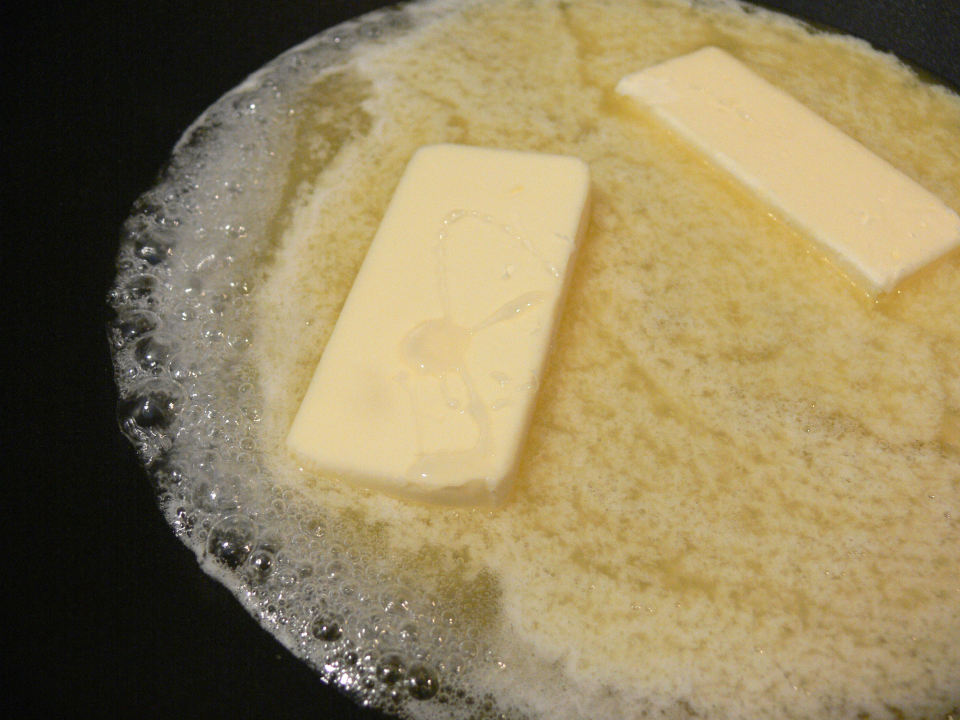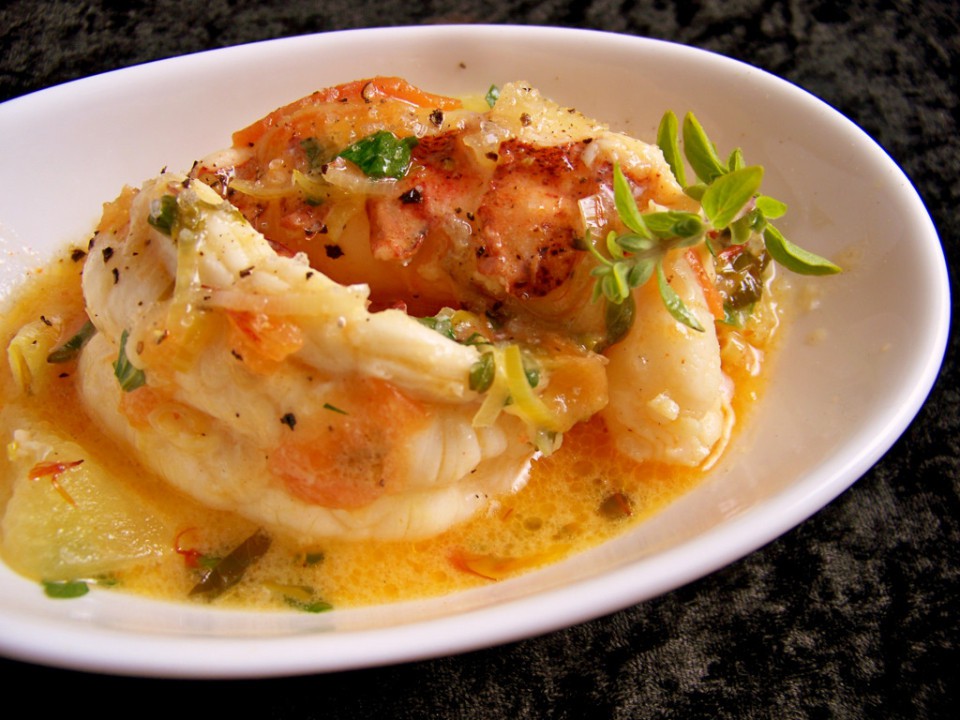Clarified butter, also known as drawn butter, is butter from which the milk solids have been removed. Milk solids are the white bits that rise to the surface as butter melts, something you’ve probably done many times. Taking the next step of clarifying butter isn’t difficult, and it’s a handy technique to have in your repertoire.

There’s only one ingredient in any clarified butter recipe, and that’s butter. Success depends completely on technique and on the butter itself, which should always be unsalted, high quality, and fresh. Clarifying intensifies the taste, so choose one that tastes good on its own, without toast underneath it.
Want to see for yourself how easy it is? Check out our video:

The chief advantage of clarified butter is that it has a higher smoking point than butter, making it possible to fry food in. Regular butter will begin to scorch at 325 to 375 degrees Fahrenheit, while clarified butter can withstand temperatures up to one hundred degrees higher without scorching.
Beyond its usefulness as a cooking medium, clarified butter makes excellent sauces, either plain or with fresh herbs added. Clarified butter with chopped fresh parsley or dill is a classic with boiled potatoes, and almost any seafood or fish is better with a squeeze of fresh lemon juice and clarified butter. It’s also good drizzled over vegetables, especially roasted vegetables like winter squash.
Now that you know how easy it is to clarify butter, you’ll want to keep a small jar on hand at all times. After all, you never know when a lobster will show up for dinner.
I’m a full-time writer and food enthusiast. I love writing about food’s role in history and culture, and have found that cooking and fooling around in the kitchen is a perfect break from my work.
Give me a blizzardy day when I can make bread and soup and watch the snow pile up and I’m happy.